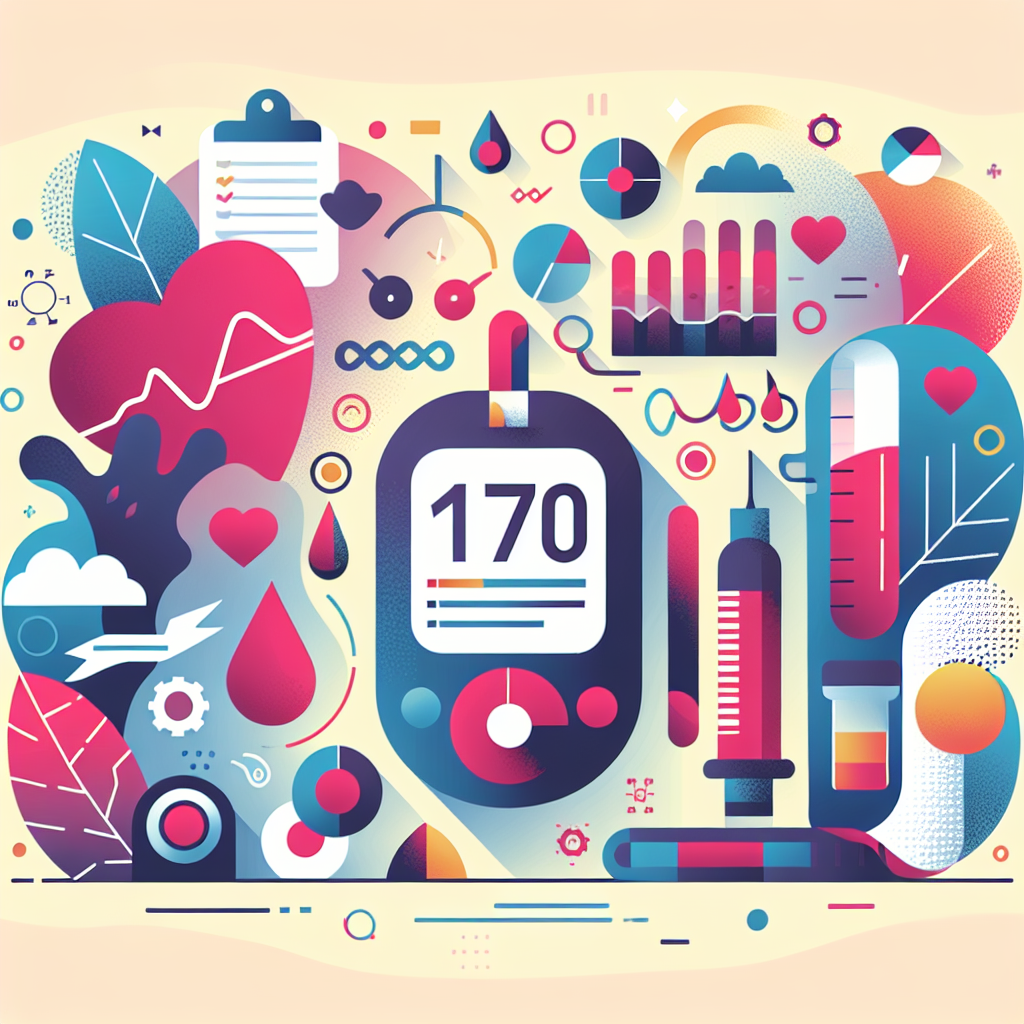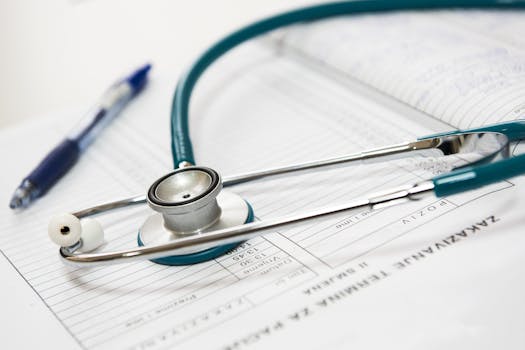If your home glucose meter shows 170 blood sugar, the number alone doesn’t tell the whole story. Context — when you tested (fasting, before a meal, or two hours after eating), whether you have diabetes, and your individual target ranges — matters for what to do next. This article explains common causes of a reading around 170, practical immediate steps, and when to contact your healthcare team.
170 mg/dL blood sugar: what that reading means
A single reading of 170 mg/dL can mean different things depending on timing. For someone who is fasting, a reading of 170 suggests hyperglycemia and usually warrants attention because fasting blood sugar targets are typically lower than post-meal targets. For someone who tested two hours after a meal, a 170 glucose level may be closer to an acceptable postprandial result, although many clinicians prefer post-meal values under 140 mg/dL for people without diabetes and personalized targets for those with diabetes.
To put numbers in perspective: fasting glucose under 100 mg/dL is considered normal, 100–125 mg/dL suggests prediabetes, and a fasting glucose of 126 mg/dL or higher on separate days may indicate diabetes. Postprandial targets are different; many people with diabetes aim for below 180 mg/dL one to two hours after meals, but stricter goals are common when safe and feasible.
If you see a blood sugar level 170 and you’re unsure why, check the context: when you ate, what you ate, recent medication or insulin doses, stress, illness, or missed doses. Physical activity and hydration also affect readings. For example, a high-carbohydrate meal, skipped medication, or illness can lead to a 175 blood sugar or higher.
Immediate steps to consider
First, stay calm. For most adults with diabetes, a single reading around 170 is not immediately dangerous, but repeated or rising high readings deserve action. Follow these practical steps:
1. Re-test in 15–30 minutes to confirm the reading and check the trend. If you have continuous glucose monitoring (CGM), look for the direction arrow and recent trend data. 2. If you take insulin and your provider has given a correction dose plan, calculate and give a correction dose as directed. 3. Drink water and consider a short walk — light activity can help lower blood glucose. 4. Avoid additional carbohydrates until your level comes down. 5. If you’re feeling unwell (nausea, vomiting, severe thirst, rapid breathing, confusion), seek medical care because those can be signs of diabetic ketoacidosis or severe hyperglycemia.
For people without diabetes who record a 170 glucose level, consider repeating the test and discussing patterns with your clinician. A single elevated post-meal reading often reflects what you recently ate, but persistent elevations deserve workup. Your clinician may suggest fasting glucose, A1c testing, or a glucose tolerance test to assess long-term control and diagnosis.
When to seek help
Ask yourself: is 170 blood sugar dangerous right now? In most cases, a one-off 170 mg/dL is not an emergency for an otherwise stable adult. However, if levels continue rising toward 250–300 mg/dL, you develop symptoms (vomiting, severe abdominal pain, rapid breathing, confusion), or you have type 1 diabetes and suspect insulin omission, seek care. Also contact your provider if you frequently see readings around this level; patterns over days are more informative than isolated numbers.
If you want practical guidance on checking and managing blood sugar at home, authoritative resources can help. The Centers for Disease Control and Prevention offers clear recommendations on monitoring and managing blood glucose: CDC: Checking your blood sugar.
Long-term management changes may include revising meal composition (lowering refined carbohydrates, increasing fiber and protein), adjusting medication under medical supervision, and lifestyle measures such as regular physical activity and weight management. If you’re looking for comprehensive information on diabetes management and treatment approaches, consider reviewing our in-depth guide here: descriptive anchor text.
Practical examples
– If you check two hours after a large meal and see 175 blood sugar, try rechecking and plan a smaller carbohydrate intake next time. – If you measure a fasting blood sugar of 170, contact your clinician to discuss possible adjustment of therapy and testing for A1c. – If you have repeated readings of blood sugar level 170 despite following your plan, book a medical review to reassess medications and lifestyle supports.
- Keep a log of readings, food, medication, and symptoms to identify patterns.
- Carry rapid-acting carbohydrates if you use insulin and are at risk for low blood sugar; conversely, have a plan with your clinician for correcting highs.
- Stay hydrated and avoid alcohol when managing high readings, since dehydration and alcohol can both affect glucose.
- Takeaways:
- A single 170 mg/dL reading requires context — timing and symptoms matter.
- Post-meal and fasting targets differ; speak with your clinician about personalized goals.
- Re-test, stay hydrated, consider light activity, and follow your prescribed correction plan if applicable.
Is 170 blood sugar dangerous?
Not usually as an isolated reading. It becomes concerning if it’s persistent, rising, accompanied by severe symptoms, or part of a pattern of poor control. Contact your healthcare provider for tailored advice.
How should I respond to a 175 blood sugar after a meal?
Recheck to confirm, avoid more carbs, hydrate, and consider light activity. If you have a correction insulin plan, follow it. If levels remain high or you feel unwell, contact medical care.
When should I see a doctor about repeated readings of 170?
If you consistently record blood sugar level 170 or higher, or if you have symptoms like excessive thirst, frequent urination, unexplained weight loss, or fatigue, schedule an appointment to review testing and treatment options.






